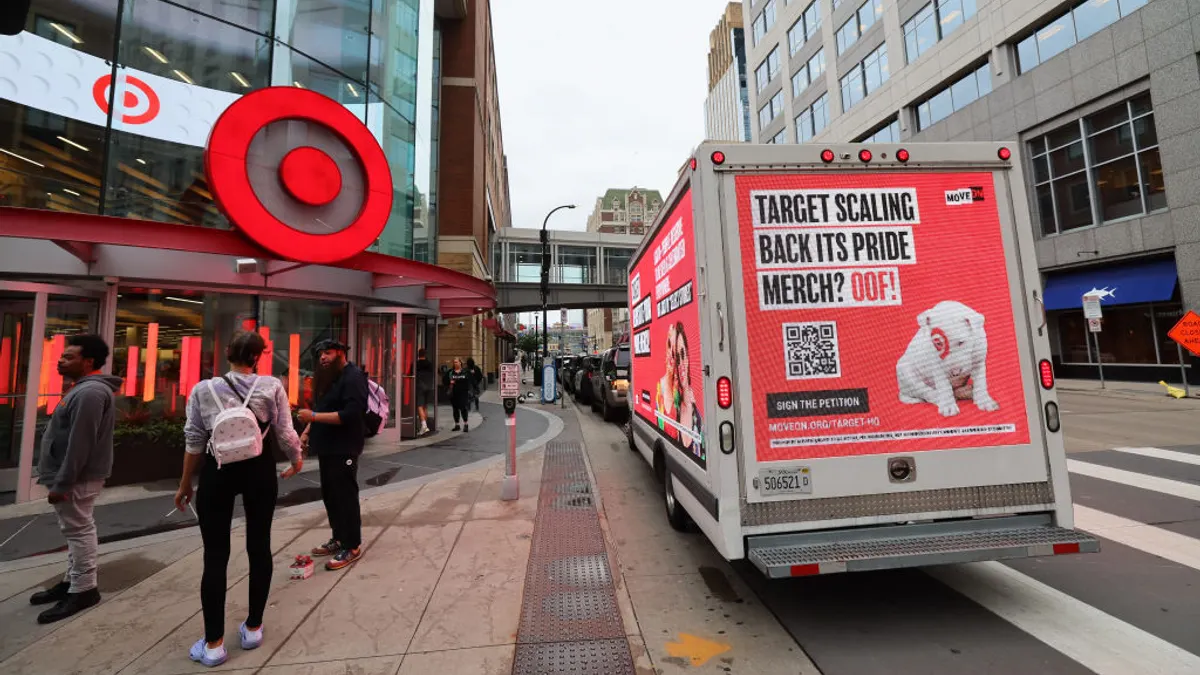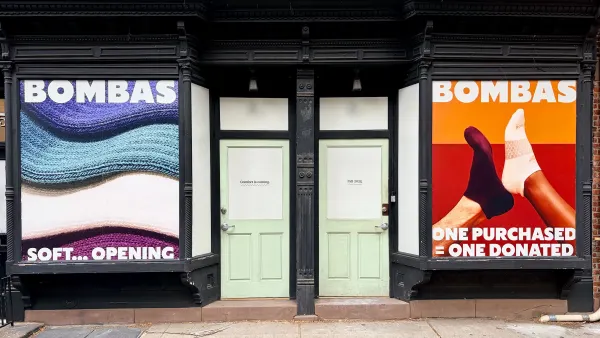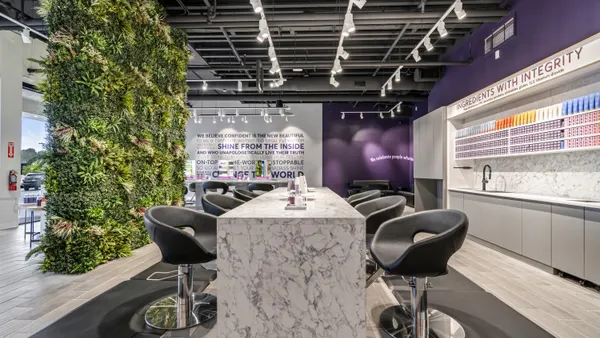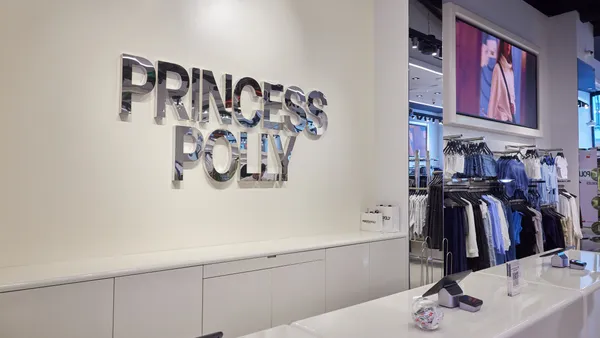Dive Brief:
- Growing competition in the online luxury space between luxury brands, department stores, publishers, and online retailers is turning into a "turf war," John Guy, an analyst at Mainfirst AG, told Business of Fashion.
- Luxury brands such as Hugo Boss and LVMH’s Fendi and Dior are starting to develop their own e-commerce capabilities as growth in China becomes sluggish, according to the report.
- Meanwhile, competition is spurring a wave of consolidation in luxury e-commerce, with the merger of Yoox and Net-a-Porter as an example.
Dive Insight:
Just as Neiman’s and Bloomingdale’s stores compete with branded boutiques that sell only Burberry or Rodier, department stores and e-commerce upstarts alike will soon have to contend with dedicated online shops from coveted luxury brands worldwide. Luxury holding company LVMH, German label Hugo Boss, and other high-end brands are turning to the web in search of sales growth.
Brokerage Sanford C. Bernstein says that online sales of luxury goods will grow twice as fast as the general luxury market to reach $30 billion by 2019. Of course, luxury brands will also be able to capture as much data as they do dollars when they run their own sites—and that’s extremely important when building high-end brand aficionados—or maintaining the exclusivity that many brands feel online sales undermine.
Luxury brands have also historically avoided e-commerce due to the demands of building and managing online operations, preferring to outsource those functions whenever possible. Burberry has successfully broken that mold, however, and LVMH is following after hiring an Apple alumnus to lead its digital push and buying out aggregator Lyst.
Meanwhile, other players are looking to encroach on the online luxury space: French department store chain Galeries Lafayette plans to become an omnichannel retailer and double profits within five years, Vogue publisher Condé Nast is rebooting Style.com to sell luxury goods online, and Amazon is offering runway fashion exclusives. This means that competition is getting stiff in a space that department stores and fashion sites have so far had mostly to themselves.













